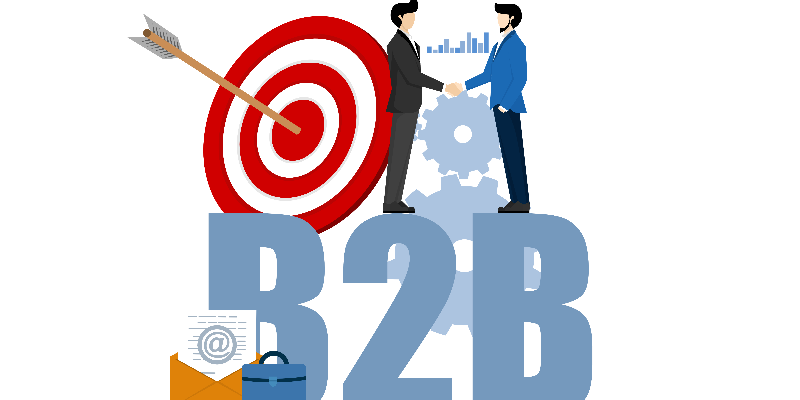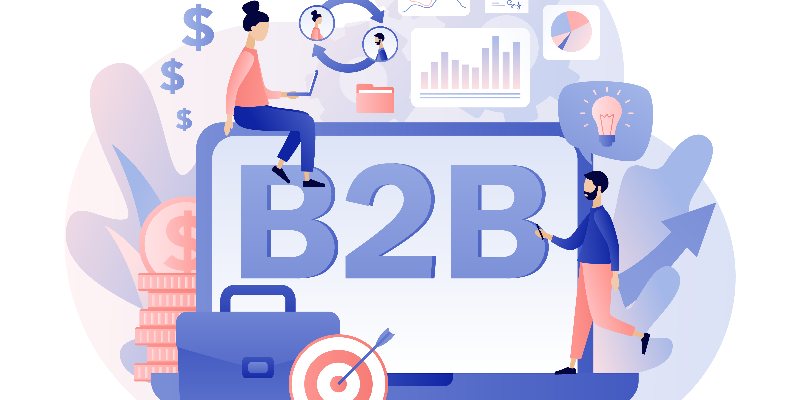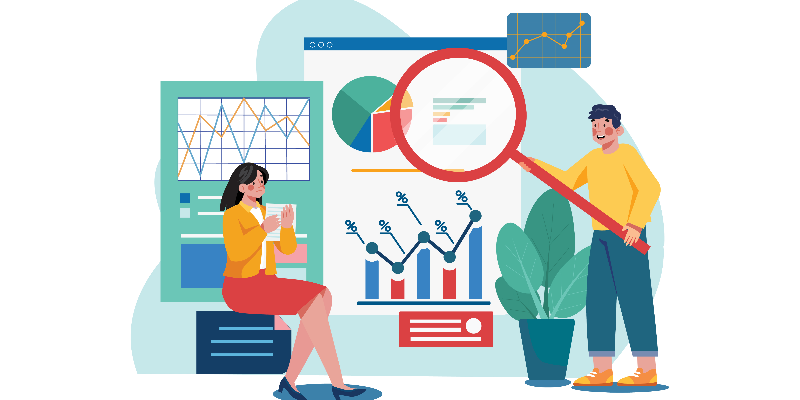

In the present-day digital world, companies need to focus on attracting visitors, caring for them, and nurturing them through the process of converting leads to do well. When it comes to B2B, it is especially important to directly target the crucial members of a business. The clear B2B digital marketing strategies form the foundation for companies to be visible, relevant, and to make money.
Whether you're an in-house team or consulting a b2b digital marketing agency, understanding how to build a strategy that drives measurable results is essential. Here’s a complete guide to building the best digital marketing strategies for B2B that actually convert.
B2B digital marketing means businesses use digital tools to advertise their products or services to other businesses. B2B digital marketing strategies rely on emotions to convince buyers, but in B2B, businesses are guided by logic, costs and results. It often takes a while for a sale to happen and decisions are discussed by many people in a company, making digital marketing for B2B more detailed and based on data.

Start with clearly defined goals that align with your business objectives. Are you trying to:
Establishing Key Performance Indicators (KPIs) to measure success is important — such as Cost per Lead (CPL), Conversion Rates, Customer Lifetime Value (CLV), or Marketing Qualified Leads (MQLs). A focused strategy avoids vanity metrics and emphasizes real business impact.

Your marketing is only as effective as your understanding of your target audience. In digital marketing strategies B2B, that means identifying:
Use information from interviews, customer relationship data and analysis to form the buyer personas. To achieve successful B2B digital marketing strategies, you need to know which content affects each stage of a buyer’s decision-making process.

Your website presents your brand to the world just like an actual store does. An unattractive or slow website can prevent people from taking action right away. To perform well, a B2B site needs certain key elements:
Tip: Always keep in mind that your site must be easy to use on mobile devices and be search engine friendly. Partnering with a digital marketing agency in Chennai or similar experts can make a difference in optimizing user experience and form the best digital marketing strategies for B2Bs.
SEO Services are critical in ensuring your website ranks well for industry-specific keywords. An effective B2B SEO strategy should focus on:
Use keyword clusters like “best digital marketing strategies for B2B,” “enterprise automation solutions,” or “[your service] for manufacturers” to capture intent-driven traffic.
B2B buyers usually look at up to 13 content pieces before deciding to purchase. Your posts should be aimed at teaching people, building their trust and showing your brand as a leader in the field. Content formats that work well in digital marketing B2B strategy include:
Make sure your content answers specific queries and aligns with search intent. High-quality content also fuels your SEO and social efforts.

While SEO takes time, PPC services can help you generate immediate visibility and qualified leads. For B2B campaigns, LinkedIn Ads, Google Search Ads, and account-based retargeting are particularly effective.
When running PPC campaigns:
Budget allocation should reflect the customer lifetime value (CLV) of your offerings.
Marketing automation tools like HubSpot, Marketo, or Pardot streamline lead nurturing, scoring, and segmentation. These platforms allow you to:
For businesses with complex sales cycles, automation is key to keeping leads warm without overwhelming your sales reps.
While platforms like LinkedIn are obvious choices, don’t ignore YouTube, Twitter (X), and even Instagram, depending on your industry. An efficient social media services should include:
Consistency and engagement are more important than virality and counts as one of the best digital marketing strategies for B2B. Repurpose long-form content into bite-sized posts, infographics, or carousels.

One of the biggest challenges in B2B is misalignment between marketing and sales. The successful digital marketing strategies B2B ensures that:
This synergy increases conversion rates and improves campaign effectiveness.
Your strategy isn’t set in stone so make sure to keep a constant track on the analytics. Continuously track KPIs, gather insights, and tweak your approach. You might use tools like:
Regular audits and reporting help you understand what’s working and what isn’t—ensuring your B2B digital marketing remains agile and effective.

Building a digital marketing B2B strategy that converts isn’t about winning quickly—it’s about creating a scalable, data-backed system that fuels prospects and drives long-term growth. From SEO to PPC and Social Media, and automation, every touchpoint should be tailored to your audience’s needs and business goals.
For those looking to scale faster and smarter digital marketing strategies B2B, partnering with a professional digital marketing agency provides the expertise and bandwidth needed to execute at a higher level. If you’re based in Tamil Nadu, consider working with a trusted Chennai-based digital marketing agency to access both local insight and global strategy.